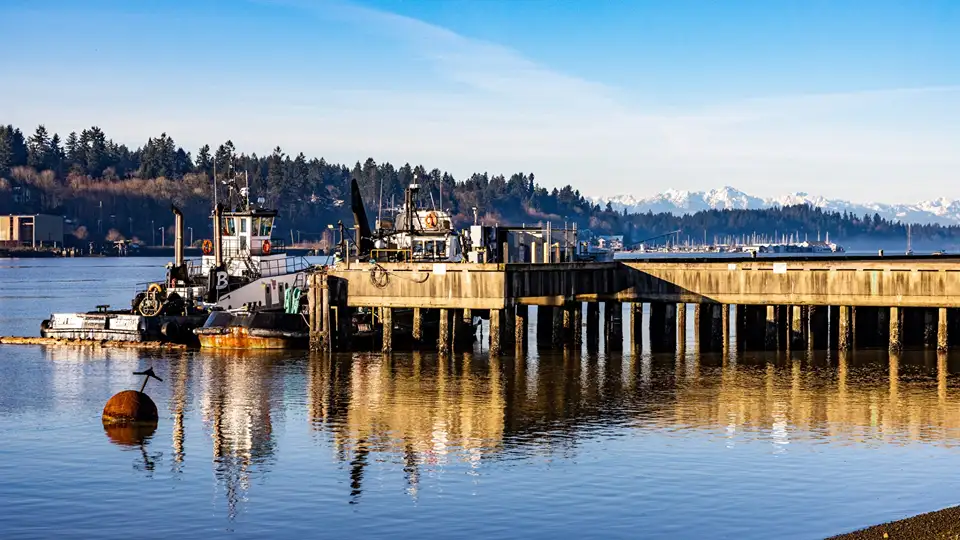Introduction
The Port of Olympia has been actively investigating East Bay contamination resulting from historic industrial activities on the Port Peninsula. Understanding how contaminated areas are managed is crucial for protecting marine life, human health, and the overall ecosystem of Budd Inlet. The Port’s approach combines targeted cleanup measures with strategies for natural recovery, ensuring long-term environmental sustainability.
Background of Sediment Contamination
Budd Inlet has a long history of industrial operations, which have left legacy contamination in its sediments. Over time, industrial runoff and waste led to the accumulation of metals, PCBs, pesticides, and other hazardous chemicals in the bay. This contamination affects not only marine life but also local communities that rely on the water for recreation and commerce.
Sediment Sampling Process
To assess the extent of contamination, the Port conducted an extensive sediment sampling program:
- Surface samples: Collected from the top layer of mud and debris to measure recent contamination.
- Intertidal samples: Taken from areas exposed during low tide to study the interface between land and water.
- Subsurface samples: Gathered from deeper layers to identify legacy pollutants that may persist in the sediment.
Over 1,100 samples were collected from more than 100 locations across the East Bay. The samples were analyzed for a broad spectrum of contaminants, including metals, PCBs, pesticides, and dioxins.
Findings from East Bay Sediment Testing
The analysis revealed that surface contamination has improved in many areas due to natural processes and prior cleanup efforts. However, deeper sediments around Moxley Creek, the navigation channel, and Swantown Marina & Boatworks still showed elevated contamination levels.
The Port determined that while some areas require active remediation, others are suitable for natural recovery. Monitoring will continue to ensure that recovery processes are effective and that contaminants do not pose a risk to marine life or human health.
Active Cleanup Measures
Where contamination poses a significant risk, the Port plans to implement active cleanup methods:
- Dredging: Removing contaminated sediment from high-risk areas, including Moxley Creek, the navigation channel, and Swantown Marina.
- Capping: Placing clean material over contaminated sediment to isolate pollutants and prevent further environmental impact.
These measures aim to reduce contaminant levels and protect both ecological and human health.
Natural Recovery and Monitoring
Some areas of the East Bay are expected to recover naturally without active intervention. Natural recovery relies on the gradual dilution, burial, or breakdown of contaminants over time. These areas will continue to be monitored to track progress and ensure that contaminants remain at safe levels.
Future Plans and Habitat Restoration
Once sediment testing in other parts of Budd Inlet is complete, the Port will work closely with the Department of Ecology to develop a comprehensive cleanup plan. Opportunities for habitat restoration, such as at West Bay Park Lagoon, will also be explored to enhance the ecological value of East Bay and the surrounding areas.
Conclusion
Managing East Bay contamination requires a balanced approach that combines active cleanup with natural recovery. Targeted dredging and capping address high-risk areas, while monitoring and natural processes allow less-impacted zones to heal over time. Continued testing and environmental stewardship are essential for maintaining the health of Budd Inlet and ensuring a safe, thriving ecosystem for the future.
